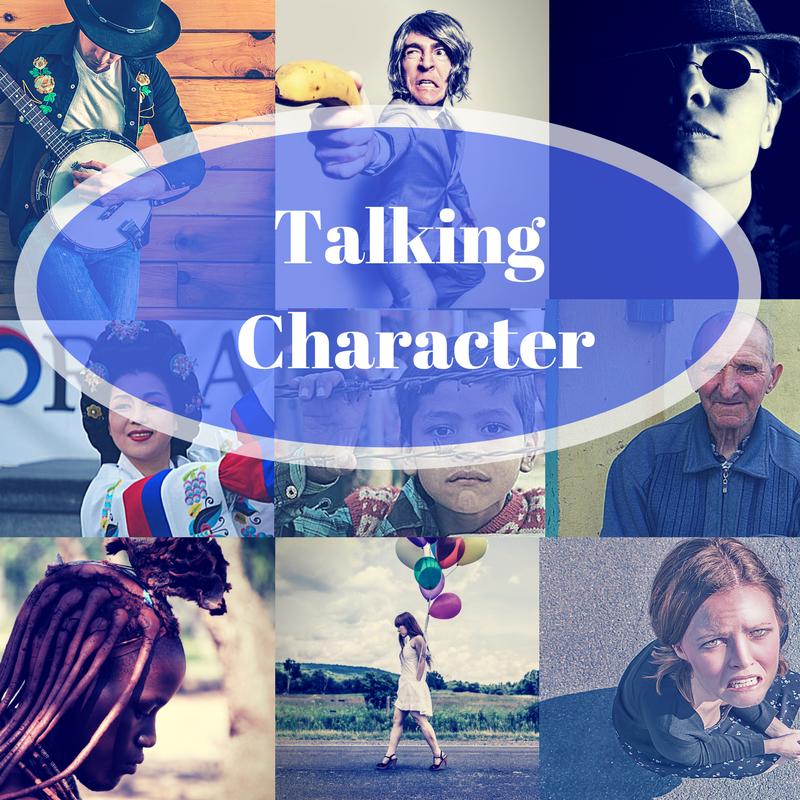A writer must find the perfect balance when describing characters, especially when introducing them to a reader for the first time. The reader needs enough information to grasp who the character is, but too much information and the reader will likely skip to the next paragraph.
Or worse.
We writers know a lot about our characters. We’ve spent days crafting their descriptions, personalities and back stories. But when it comes to the descriptions we include in our stories, we must remember that we know much more than the reader needs (or wants) to know.
Here are a few tips to help you create awesome character descriptions
DON’T simply give a detailed description of the character’s physical appearance. This police sketch approach lacks emotion and does little to explain who the character is.
DO paint a picture that evokes emotion. Show who the character is rather than tell what they look like. Use dialogue or action to give the reader insight into their personalities.
DON’T introduce the character for the first time in a bland, forgettable way.
DO introduce a character by mentioning the most significant traits, and do so in as memorable a manner as possible.
DON’T include a catalog of irrelevant details. The reader will assume every detail you supply is important. If you mention the character is left-handed, the reader is going to expect left-handedness to be significant somewhere down the road. If it’s not going to be mentioned again, skip that detail.
DO choose only the most telling details, the ones that give is important insight into the character’s personality and attitudes, or that will become significant to the plot. If
DON’T create several characters who are so similar the reader gets them confused. (Unless that is a key ploy for your particular story, in which case the POV character should probably have problems keeping them straight, too.)
DO give characters a unique, easily described characteristic that helps the reader keep track of who’s who.
DON’T tell the reader details about a person that the POV character doesn’t know. Such author intrusions may have been common once upon a time, but they now feel forced or preachy.
DO describe a person through the lens of the POV character. The main character may have a very biased and inaccurate view of other characters, but that is OK. By flavoring each description with the main character’s thoughts and attitudes, you not only introduce other characters but also show us something new about the POV character.
DON’T allow all characters to describe a person in exactly the same way. Each POV character is likely to notice—and ignore—different aspects of a person’s appearance, behavior and personality.
DO show different sides of a character’s personality by allowing each POV character to display a unique attitude. One student’s favorite teacher is another student’s least favorite. By showing the teacher from both sides, the reader gets a more complex and authentic picture.
Most of all, DO have fun creating and describing your characters!
And DON’T give up. The world needs to hear the story only you can tell.






4 Comments
These are great tips, Lisa! May I add one more? Unless there is a reason for your character to be of one particular race, leave out racially identifying physical features. That way, the reader can imagine the character is Indian, Chinese, White, African-American, African, Iranian … or whatever. A reader will probably want the POV character to be his/her own race, so let the description be open enough for the reader to do that.
Great point, Holland.
Lisa, Great information. I’m developing my characters for my first fiction book. You helped me. Thank you.
I have a tendency to over-describe my characters. So picking the most telling physical characteristics that allow readers can get a clear picture is a lot of work. But I love it!